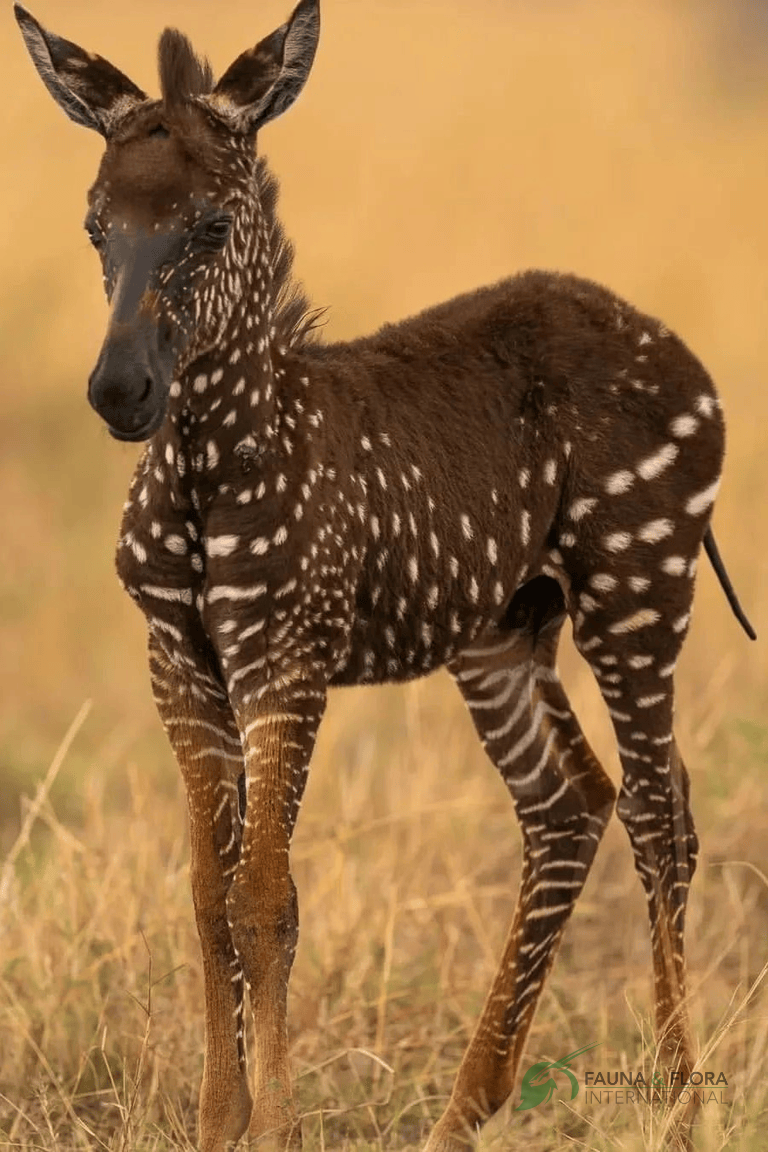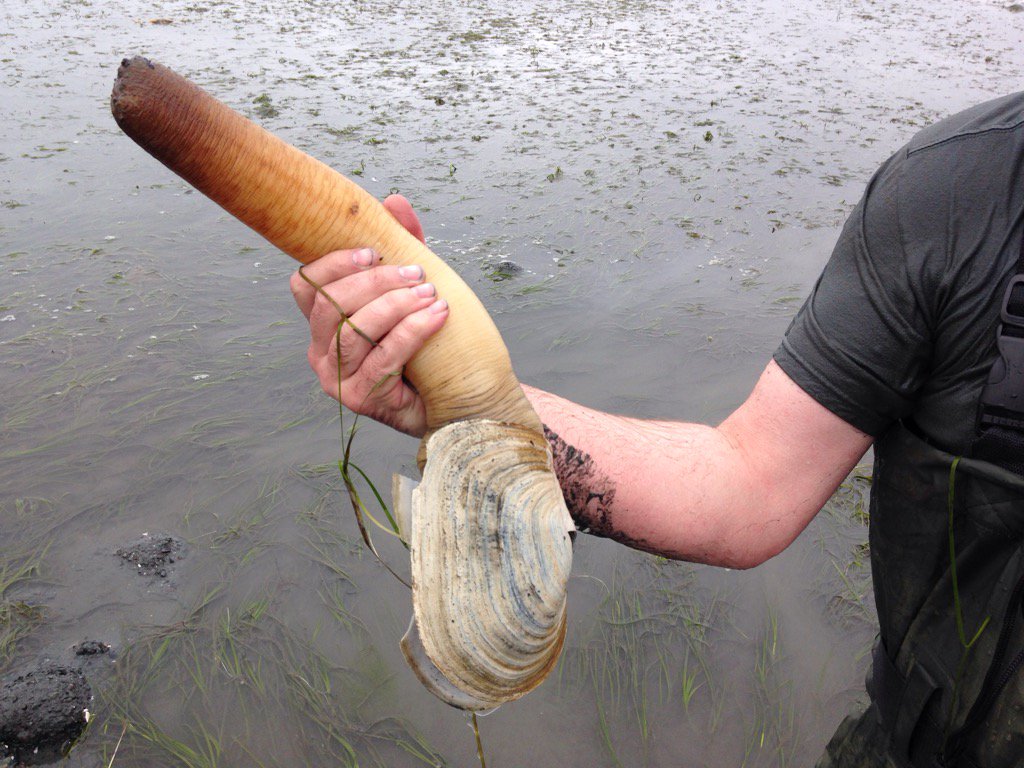Tira is the first polka dot zebra found in the Masai Mara National Reserve in Kenya.


Geoducks are bivalves, which means their bodies are compressed between a shell that consists of two hinged parts. They have a foot, which helps them dig into the sediment and anchor to the ground. To eat, the mollusk sucks in seawater, filters it for plankton and nutrients, and squirts out the excess through its siphon. This appendage has two openings at the end — one for taking in oxygen and phytoplankton, and one for releasing excess water.


The four-horned Hebridean sheep is a rare breed native to the Hebrides Islands of Scotland, characterized by its unique appearance featuring two pairs of horns. This hardy breed typically has a dark wool coat, which can range from black to a lighter shade, and is well-adapted to rough terrains and harsh climates. Historically, they were valued for their meat, milk, and wool, and today they are appreciated for their distinctive look and conservation status, contributing to biodiversity and traditional farming practices.